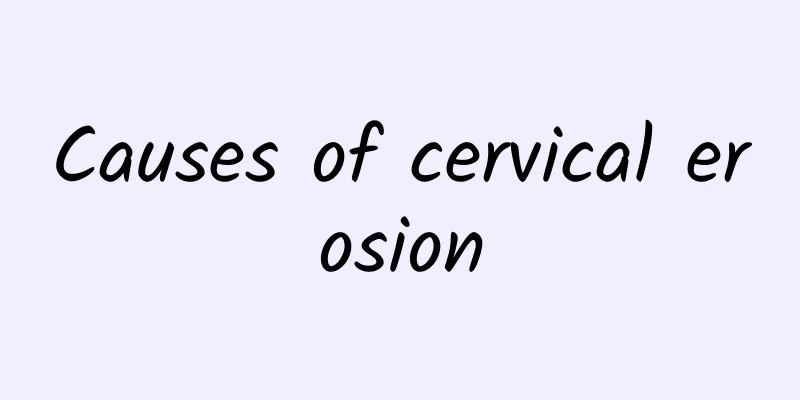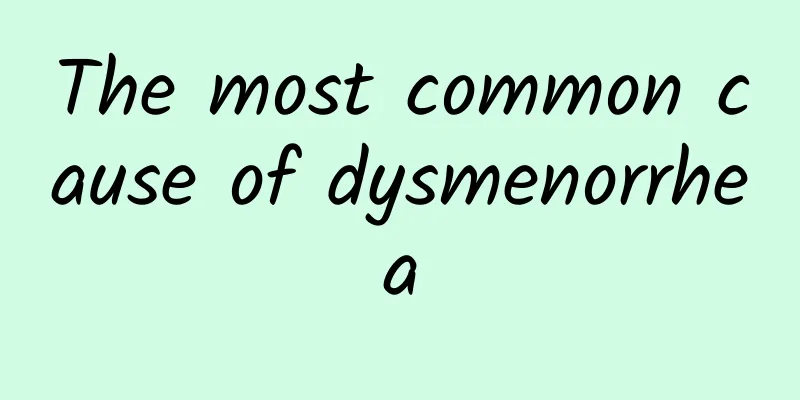How long do patients with Bartholinitis usually live?

|
The main pathogens of Bartholinitis are Staphylococcus, Escherichia coli, Streptococcus, etc. With the increase in the incidence of sexually transmitted diseases, Neisseria gonorrhoeae and Chlamydia trachomatis have become common pathogens. This disease is more common in women of childbearing age. Experts say that once Bartholinitis is diagnosed, it should be actively treated. Patients with Bartholinitis can generally be cured after timely treatment and will not directly affect their lives. Certain principles must be followed when treating Bartholinitis. In addition, patients should use medications according to their own conditions and under the guidance of doctors. Do not use medications blindly without authorization. Western medicine treatment of Bartholinitis 1. Drug treatment Systemic antibiotics. Before obtaining culture results, broad-spectrum antibiotics can be selected. If suppuration has not yet occurred, medication can be used to promote the gradual improvement and absorption of symptoms. When there are systemic symptoms, fever, and elevated white blood cells, intravenous antibiotics such as cypermethrin or penicillin 800,000 U intramuscular injection are often used, twice a day. Cephalosporins can also be used: the first-generation cephalosporins have a strong antibacterial effect on Gram-positive cocci, the second-generation cephalosporins have a broad antibacterial spectrum and enhanced effects on Gram-negative bacteria, the third-generation cephalosporins have an antibacterial spectrum superior to the second generation, and some drugs are effective against anaerobic bacteria. Metronidazole 0.2-0.4g/time, 3 times/day; quinolones such as norfloxacin, ciprofloxacin, levofloxacin (Lailixin), 0.2g/time, 2 times/day. Or select according to drug sensitivity. In addition, heat-clearing and detoxifying Chinese medicines such as dandelion, Viola yedoensis, honeysuckle, and forsythia can be used for local hot compresses or sitz baths. Or use 1:5000 potassium permanganate water for a sitz bath or local hot compress and then apply antibacterial ointment. 2. Surgical treatment Abscesses should be drained and ostomy performed immediately. Simple incision and drainage can only temporarily relieve symptoms. After the incision is closed, cysts may still form or infections may recur. For abscess incision and drainage, the incision should be large enough to prevent poor drainage of pus, resulting in fistula formation or repeated abscess attacks. 3. Other special treatments Apply local heat, infrared or microwave therapy. |
<<: How long can you live with Bartholinitis?
>>: How does Bartholinitis affect life expectancy?
Recommend
Will pelvic peritonitis heal on its own?
The harm caused by pelvic peritonitis is relative...
Treatment for women with cervical hypertrophy
What is cervical hypertrophy? In fact, the clinic...
Several measures to prevent ovarian cysts
The prevention of ovarian cysts is something that...
4 stuffed large dumplings = 1 bowl of rice Calories 3 principles to eat without gaining weight
The "Winter Solstice" is approaching, a...
Surgical treatment of Bartholinitis
Bartholinitis in women is mostly caused by an inf...
Several common factors causing ovarian cysts
The incidence of ovarian cysts is also very high ...
The root cause of cervical precancerous lesions
The trend of younger people suffering from cervic...
What is premature ovarian failure?
The ovaries are important reproductive organs for...
How to abort a month after pregnancy? There are these methods
Some female friends get pregnant unexpectedly one...
A light summer! 4 must-try winter melon soups for slimming
Winter melon is a great product for weight loss i...
Get rid of butterfly sleeves with 4 morning exercises
Summer is approaching, and clothing stores have b...
Clinical manifestations of perimenopausal syndrome
The most typical clinical manifestations of perim...
What should I pay attention to after surgery for pelvic effusion 20.6MM
Pelvic effusion of 20.6mm is in a dangerous situa...
Analysis of the method of diagnosing cervical hypertrophy during early vulvar examination
For patients with cervical hypertrophy, the earli...
What tests should be done before treating cervical erosion
Cervical erosion is a disease that troubles women...









